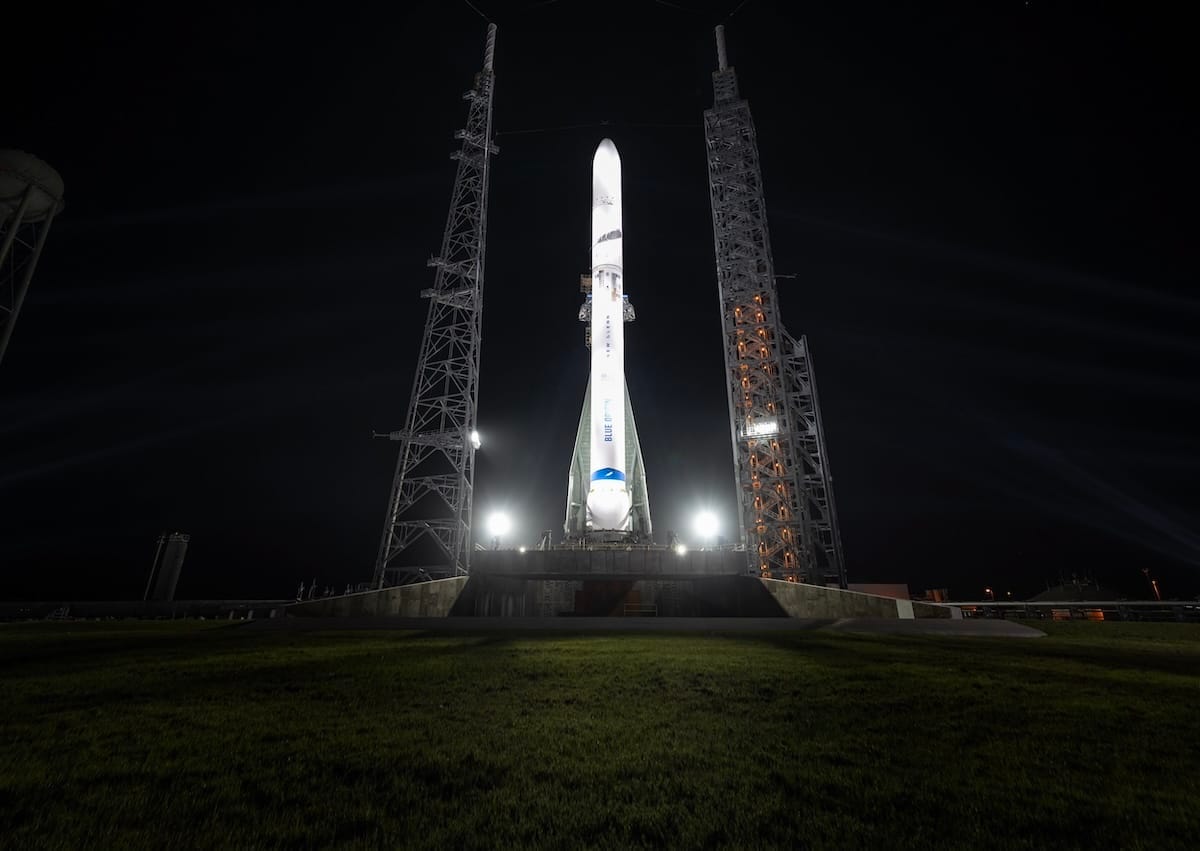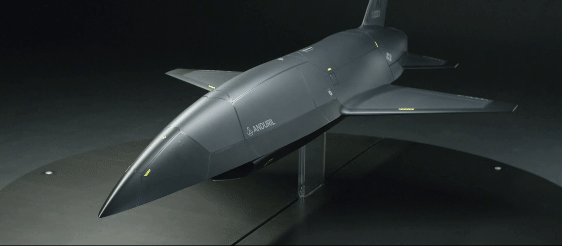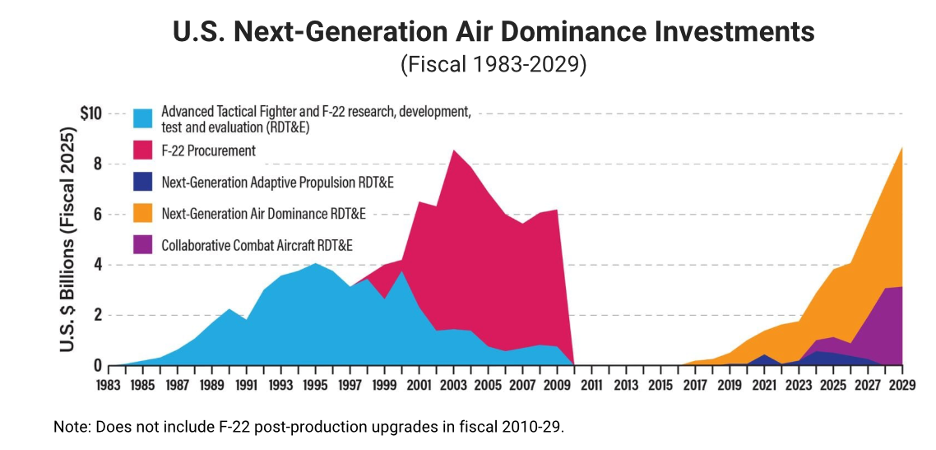
Radical changes are underway in the aerospace industry.
It’s not just one sector either. Whether its space, commercial transport, logistics/cargo, or defense, they’re all changing.
The underlying reason for these shifts is entirely technological.
Bleeding edge technology is pushing the outer limits of what’s possible.
Costs are plummeting, and performance is going up.
Suddenly, aerospace products and services that weren’t economically viable become so.
And one of the most interesting industry dynamics underway relates to the “who” behind what’s happening.
It’s no longer the incumbent aerospace companies that are dominating the next generation of aerospace products and services.
Almost all of the excitement is being led by relatively new private aerospace tech companies. And they’re competing and winning against their multi-decade legacy competition.
An obvious example that Outer Limits readers will certainly think of is SpaceX, which has single handedly ignited and enabled a modern space economy.
NASA recently chose three private companies to develop their next generation of lunar terrain vehicles (LRVs) to support the upcoming Artemis missions to the moon. Here’s the point I made recently in Outer Limits — NASA’s Surprise Lunar “Partners”:
“Notably absent from NASA’s selection were large aerospace incumbents that we would have normally seen for a project like this. Companies like Northrup Grumman, Lockheed Martin, and Boeing were nowhere to be seen. […] The surprise was that all three companies that NASA selected are small — worth less than $500 million combined. They’re also all 10 years old or less."
Blue Origin’s New Glenn heavy launch rocket also holds promise as a competitive launch platform. It’s designed to be reusable with its first stage landing on a sea-based platform, just like SpaceX.

For the first time this February, Blue Origin stood upright a New Glenn rocket, in preparations for an eventual first mission in the fourth quarter of this year.
When it comes to commercial transport, Boom Supersonic is leading the way to bring back supersonic commercial travel back to the industry, decades after the last Concorde flight. We celebrated Boom’s subscale prototype inaugural flight this March in Outer Limits — The World Has Been Waiting, Again, For Supersonic Flight.
As for logistics and cargo transport, there is no better example than Beta Technologies, which is pioneering eVTOL technology outside of Burlington, VT. (eVTOL refers to electric vertical take-off and landing technology. We most recently covered this topic when we explored Tesla-backed Alef in Outer Limits — Will Tesla Build a Flying Car?)
It’s ALIA eVTOL has the potential to transform the industry and enable completely redesigned logistics networks for companies like Amazon, UPS, FEDEX, and others. This is a company I know well, having visited their headquarters and walked their hangar floors.

And the defense industry is no different.
Somehow the tides have turned in Silicon Valley.
And building defense technology is no longer taboo.
I was reminded of this fact a few days ago after reading a U.S. Air Force announcement.
The announcement stated that the U.S. Air Force had selected both General Atomics and Anduril for the design, manufacture, and testing of prototypes for its Collaborative Combat Aircraft (CCA) program.
The announcement was a big deal.
It wasn’t for some niche defense application, where we might not be surprised to see a relative newcomer gain a foothold. The CCA is part of the Air Force’s next-generation air dominance (NGAD) program, and arguably the most important technological shift for the Air Force in decades.
The purpose of the CCA is to develop and deploy artificial intelligence (AI) powered autonomous aircraft, integrated with the Air Force’s fleets of manned aircraft.
The plan is to pair a couple fully autonomous CCA aircraft with each Air Force next generation manned aircraft, like the F-35s.
Human-flown fighter jets with fully autonomous, unmanned “wingmen,” collaborating with a single mission focus. Welcome to the new age of warfare.
In early February, we had a brief look at Anduril as the future of defense technology in Outer Limits — The Shifting Sands of Warfare. Its AI-powered Fury autonomous air vehicle is the product that was chosen by the Air Force for its CCA program.

Both Anduril and General Atomics were selected by the Air Force to move forward with their CCA designs. They are both private companies, with General Atomics being more akin to a legacy player.
Noticeably absent from the selection were incumbents Boeing, Northrup Grumman, Lockheed Martin, and Raytheon.
Most stunning, however, has been Anduril’s progress.
Anduril only raised its seed round in 2017, with its first major financing round in 2019.
By 2020, General Atomics, Kratos, and Boeing were already testing their unmanned combat aerial vehicles as part of the Air Force Research Laboratory’s Skyborg program. Said another way, they already had operating prototypes.
Which is what makes Anduril’s win so significant.
In the last three years, it has caught up with incumbents and established itself as one of two players worthy of building and testing AI-powered, fully autonomous aircraft, capable of fighting in concert with crewed fighter jets.
No matter how much chest pounding General Atomics engages in — with comments like “I don’t want to sound too cocky, we are the best in the world at it” — Anduril is the company to watch. If it continues the same pace of development the next couple of years as the last two, General Atomics is in trouble.
The stakes are high, which is why all of the major defense companies have been chasing this business. After years of underinvestment from 2010-2016, research and development spend in next generation air dominance kicked in.

The AI-powered Collaborative Combat Aircraft has now become a multi-billion opportunity. So large that it would be the biggest single deal at General Atomics, and it would be a company-maker for Anduril.
On the back of Anduril’s win in the CCA program, it is looking to raise around $450 million. Raising capital on the back of a multi-billion opportunity is always a smart move. Anduril was last valued at $10 billion late last year. The new round will be notably higher.
While I strongly prefer peace, and no war, we can’t ignore the warmongering stance of the current U.S. government. There are significant investment implications.
The U.S. congress just passed another $61 billion for Ukraine, after having already spent more than $100 billion using the country to fight a proxy war with Russia. The media trumpeted the congressional victory for Ukraine. And yet days later, Reuters is already pushing the propaganda with the headline “Ukraine’s $61 bln lifeline is not enough.”
There is already discussion between the current administration and Ukraine for locking in fixed levels of support for the next ten years.
As saddening and sickening as these developments are, in addition to the rapidly expanding war in the Middle East, they are clear indications of the shift in warfare.
Whatever images that we may have of past conflicts around the world, war is already starting to look quite different. The use of low cost, high volume drones to inflict damage is already prevalent. But this is just scratching the surface of what’s to come.
With artificial intelligence, swarms of AI-powered fighter jets will dominate the air.
Lower costs will put this kind of technology in reach of smaller countries, or even militant organizations that, in the past, have been unable to afford an air force. This will mean a larger number of viable threats around the world.
Ultimately, this will mean that the largest nations will need to build an even larger number of squadrons of autonomous fighter jets to fend off potential threats.
It’s not a surprise that the Air Force called its program Skyborg, an eerie name that reminds us of cyborgs and Skynet — the artificial general intelligence created by the fictional Cyberdyne Systems in Terminator.
We’re in for more chaos, not less…
And for large investments into aerospace technology for at least the next decade.
And the best possible outcome of all this is that the nations with the largest militaries have enough squadrons of autonomous fighters that it becomes a deterrent for any nation to take action. While as equally uncomfortable as a nuclear threat, a stalemate is, ironically, a peaceful outcome.
Let’s just hope things don’t get out of control.
We always welcome your feedback. We read every email and address the most common comments and questions in the Friday AMA. Please write to us here.